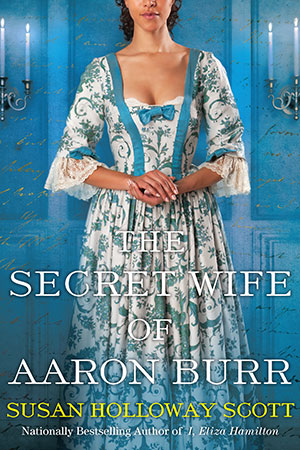Loretta reports:
Susan & I have had several discussions about garters, and where it is best to tie them if you are living in the days before the latest thing, i.e., the garters illustrated in my previous blog.
Susan & I have had several discussions about garters, and where it is best to tie them if you are living in the days before the latest thing, i.e., the garters illustrated in my previous blog.
Contemporary illustrations show us that garters could be tied just above the knee or just below it. Top left, Boucher’s The Toilette (1742), shows a lady tying her garters above her knee. You’ll note that this is just above the knee, not up on her thigh.
You can blow up this Fragonard painting and focus on the lady’s garters. Again, they're tied just above the knee. Since garters didn’t contain elastic (although they might have springs), one tied them at a place on the leg where a natural bulge would help keep them from sliding down.
 Another good place to tie our heroine’s garters is just below the knee, above the swell of the calf, as Rowlandson illustrates in his Exhibition Stare-Case (ca 1811) and his many erotic engravings.
Another good place to tie our heroine’s garters is just below the knee, above the swell of the calf, as Rowlandson illustrates in his Exhibition Stare-Case (ca 1811) and his many erotic engravings. In the Rowlandson print you’ll notice how smoothly the stockings cling. But I suspected this was not the case so much in real life. (Anyone who wore nylon or silk stockings and garters pre-Lycra knows the annoyance of ankle sag.)
 Art and illustrations usually show us smooth stockings, as in John Hoppner’s full length portrait of Captain George Porter (second at left).
Art and illustrations usually show us smooth stockings, as in John Hoppner’s full length portrait of Captain George Porter (second at left).
 Art and illustrations usually show us smooth stockings, as in John Hoppner’s full length portrait of Captain George Porter (second at left).
Art and illustrations usually show us smooth stockings, as in John Hoppner’s full length portrait of Captain George Porter (second at left).But not always. The Guitarist, by Jean Baptiste Greuze (1757), shows us how, I suspect, the stockings usually appeared in real life.











 One of us --
One of us -- 


